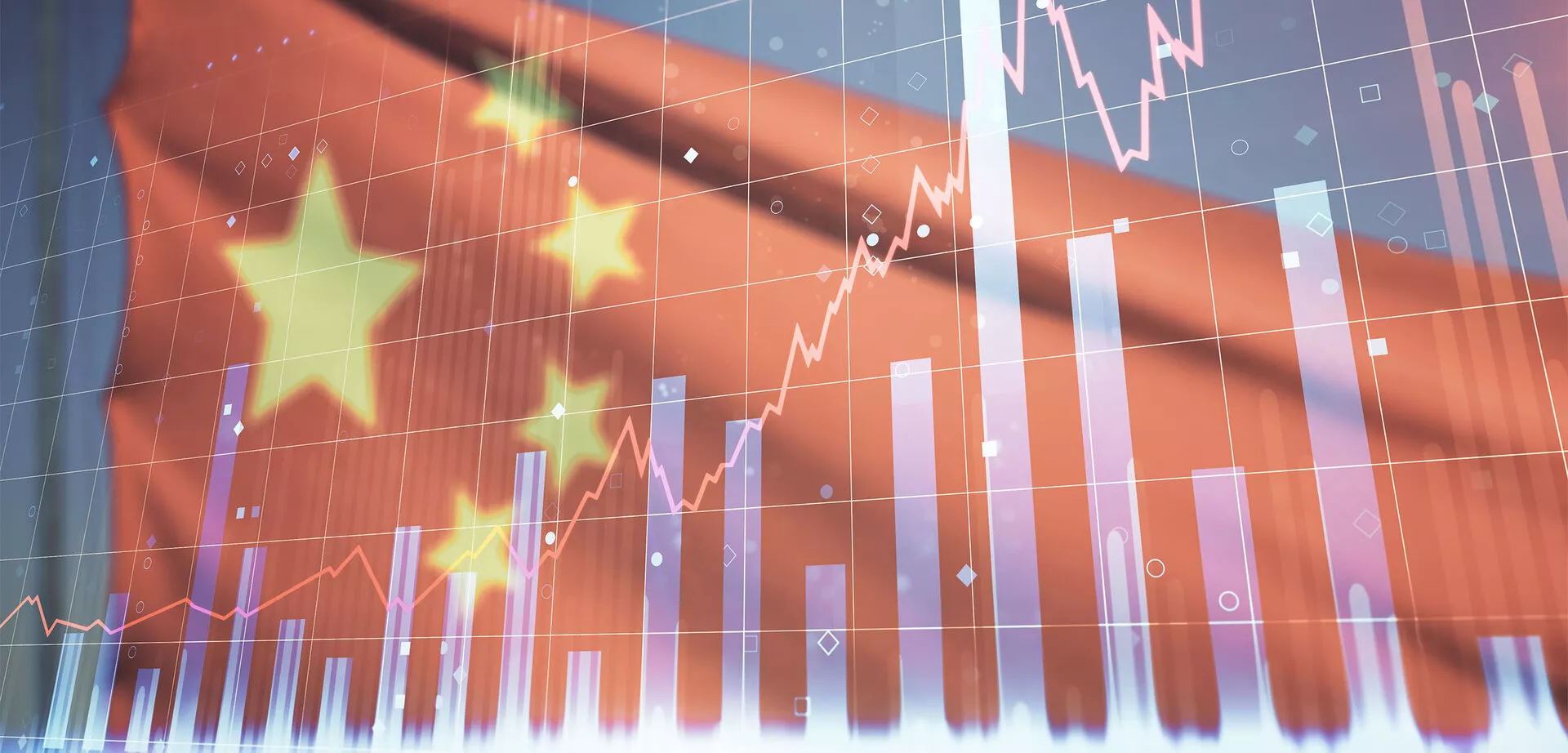
Weekly Update - The New Chinese Plan Tested by the Economic Context
Beijing has just concluded its 4th plenary session, a major strategic meeting of the Central Committee of the Chinese Communist Party (CCP), aimed at defining the main directions of the 15th Five-Year Plan (2026-2030) expected in March 2026. Facing persistent trade tensions, the world’s second-largest economy seeks to reconcile technological ambitions with internal rebalancing.
A two-speed economy. Chinese growth slowed in the third quarter of 2025, with GDP rising by 4.8%, the slowest pace since late 2024. This slowdown complicates achieving the official target of 5% annual growth. The Chinese economy continues to move at two speeds: on one hand, exports and production in certain strategic sectors remain very dynamic; on the other, domestic demand struggles to recover, held back by the real estate crisis and cautious households. Moreover, China faces major structural challenges, notably a pronounced demographic aging. The shift is already visible, with 15% of the population over 65 years old, compared to 10% ten years ago.
Persistent internal challenges. Household consumption remains the main weakness of the Chinese economy. China accounts for only 18% of global consumption, while it represents 30% of global manufacturing output. This imbalance is explained by a strong saving tendency in an economy where the social safety net remains structurally limited, a trend reinforced after the shocks related to Covid and the real estate crisis. The persistence of high youth unemployment—partly due to a mismatch between their education and market needs—also weakens consumption. This trend fuels deflationary pressures: inflation has sharply declined since mid-2022 and is now close to 0%.
A tense external environment.The Chinese economic model, historically based on exports and investment, is now facing overcapacity issues. The combination of weak domestic demand and high production capacity increases China’s dependence on foreign markets to absorb its excess output, particularly in sectors such as electric vehicles, solar panels, and textiles. Consequently, China remains vulnerable to trade disputes with the United States and the European Union. Although tensions between the US and China have de-escalated since Monday, they still persist. However, since Liberation Day, the Chinese economy has shown resilience, notably thanks to the redirection of its exports towards other Asian countries, especially the ASEAN nations. Furthermore, Beijing benefits from a major strategic leverage: its dominance in the field of rare earth elements, essential resources for many technologies.
Ambitions of the 15th five-year plan. The upcoming plan (2026-2030) aims for a “double miracle”: maintaining high growth while ensuring long-term social stability. Beijing focuses on industrial modernization, technological upgrading, and technological independence, particularly from the United States. The government also intends to strengthen national security and revive domestic consumption through targeted support measures. This plan continues the “Made in China 2025” program while incorporating a now more constrained context marked by internal and external tensions.





